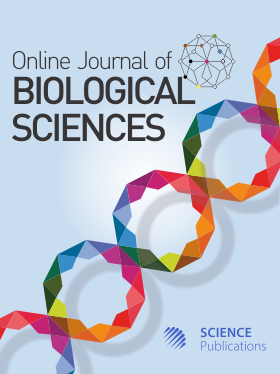Bioremediation Potential of Heavy Metal-Resistant Bacteria in Koto Panjang Reservoir, Riau, Indonesia
- 1 Department of Biology Education, Faculty of Teacher Training and Education, Universitas Riau. Jl. H.R. Subrantas Km 12.5, Kampus Bina Widya, Pekanbaru, Riau, Indonesia
- 2 Department of Biology, Faculty of Mathematics and Natural Sciences, Universitas Sumatera Utara, Medan, North Sumatra, Indonesia
Abstract
Koto Panjang Reservoir serves as a vital water resource supporting the social well-being of the local community in the Riau Province. The flow of the Kampar River, acting as the riverine zone and water inlet to the reservoir, provides environmental support for the construction of hydroelectric power plants (PLTA) and the aquaculture practice of Floating Net Cages (FNC). Over the past three years, there has been a decline in environmental quality due to heavy metal pollution, exceeding the threshold limits for Cd, Pb, and Zn. This study aims to explore the presence of heavy metal-resistant bacteria in the waters of Koto Panjang Reservoir, which will be evaluated and developed as in situ bioremediation agents through bioaugmentation techniques. The study was initiated into the following stages: Isolation of heavy metal-resistant bacteria, determination of their maximum tolerance limits, and molecular identification of superior isolates or strains. The physico-chemical conditions of the water indicate that Cd, Pb, and Zn pollution in the FNC area has surpassed the minimum threshold for river water and similar categories, as per Regulation of the Government of the Republic of Indonesia No. 22 of 2021, Appendix VI. Heavy metal-resistant bacterial isolates were obtained through enrichment techniques using water samples and Nutrient Broth (NB) media enriched with 1 mM Cd, Pb, and Zn. Eight bacterial isolates were successfully purified from water samples in the FNC area and the upstream area (control). The tolerance capacity to heavy metals expressed in MIC50 values shows that all isolates have a tolerance range ranging from 8-43 mM or equivalent to 1,500-12,000 ppm against heavy metal stress. Our findings highlighted the occurrence of indigenous bacterial strains with the potential for use in bioaugmentation to mitigate pollution in the Koto Panjang Reservoir in the future.
DOI: https://doi.org/10.3844/ojbsci.2025.267.274

- 2,153 Views
- 909 Downloads
- 0 Citations
Download
Keywords
- Bioremediation
- Cd
- Comamonas
- 16S-rRNA
- MIC50
- Pb
- Zn
